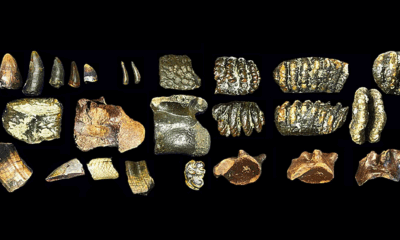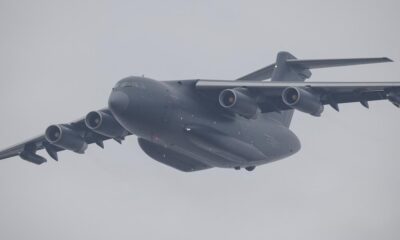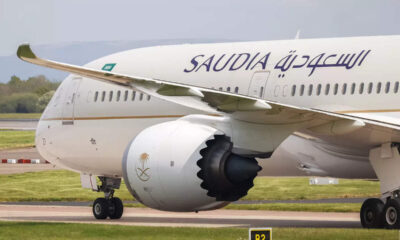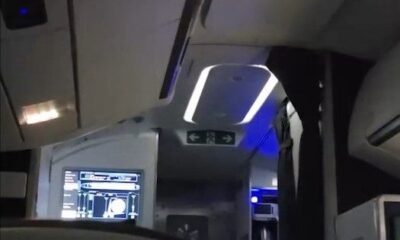Breaking News
Airline Pilots in the DC Plane Crash Acted as Expected, Experts Say
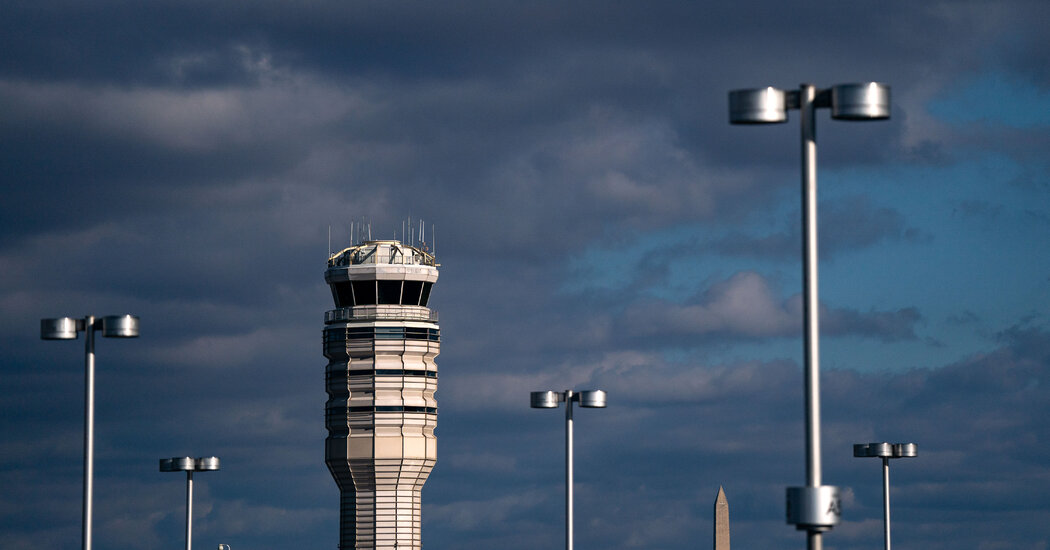
At 8:43 p.m. on Jan. 29, an air traffic controller at Ronald Reagan National Airport in Washington asked the pilots of American Airlines Flight 5342 if they could land at a different runway. The decision to switch runways proved fatal, as it brought the plane closer to an Army Black Hawk helicopter, resulting in a crash that claimed the lives of 67 people.
The National Transportation Safety Board is still investigating the crash, with a preliminary report expected in the coming weeks. Aviation experts and airline pilots familiar with Reagan airport believe that the pilots of the American regional jet acted appropriately given the circumstances.
The airport’s congested nature and proximity to sensitive landmarks make it challenging for pilots. Investigators will focus on why the helicopter entered the plane’s flight path and whether the air traffic controller could have done more to prevent the collision.
Sam Lilley, one of the American flight pilots, was experienced in navigating the Washington airspace. He had aspirations of flying larger planes to international destinations before the tragic crash.
Sam Lilley, a first officer at PSA Airlines, was proud to fly into Reagan National regularly. The evening of the crash, the pilots were cleared for a standard approach to Runway 1 before being asked to switch to Runway 33.
The decision to switch runways placed the plane on a collision course with the helicopter. Despite receiving a traffic alert, the pilots were focused on landing the aircraft and may not have been able to take evasive action in time.
The Traffic Collision Avoidance System (TCAS) provided a warning of nearby aircraft, but the limited time and altitude may have hindered the pilots’ ability to react effectively. The subsequent instruction from air traffic control to the helicopter may have added to the confusion in the cockpit.
The pilots’ focus on landing and the quick succession of instructions may have contributed to the tragic outcome. Despite efforts to avoid the collision, the plane’s nose pulled up just before impact.
The sequence of events leading to the crash highlights the complexities of flying in busy airspace. The investigation will provide more insights into the specific factors that led to the collision.
-
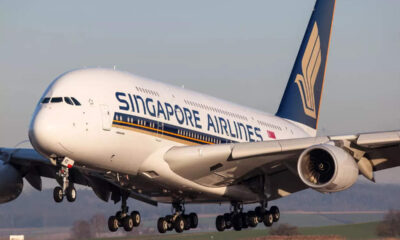
 Destination8 months ago
Destination8 months agoSingapore Airlines CEO set to join board of Air India, BA News, BA
-
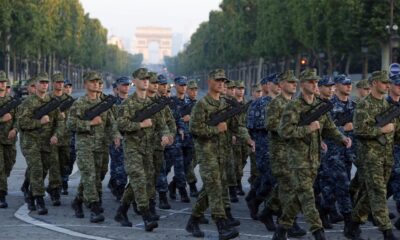
 Breaking News10 months ago
Breaking News10 months agoCroatia to reintroduce compulsory military draft as regional tensions soar
-

 Tech News12 months ago
Tech News12 months agoBangladeshi police agents accused of selling citizens’ personal information on Telegram
-

 Gadgets3 months ago
Gadgets3 months agoSupernatural Season 16 Revival News, Cast, Plot and Release Date
-

 Productivity11 months ago
Productivity11 months agoHow Your Contact Center Can Become A Customer Engagement Center
-

 Gadgets3 weeks ago
Gadgets3 weeks agoFallout Season 2 Potential Release Date, Cast, Plot and News
-

 Breaking News10 months ago
Breaking News10 months agoBangladesh crisis: Refaat Ahmed sworn in as Bangladesh’s new chief justice
-

 Toys12 months ago
Toys12 months ago15 of the Best Trike & Tricycles Mums Recommend

